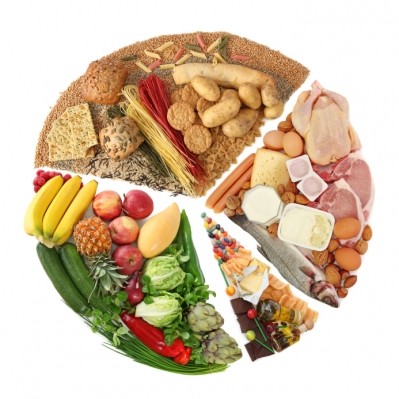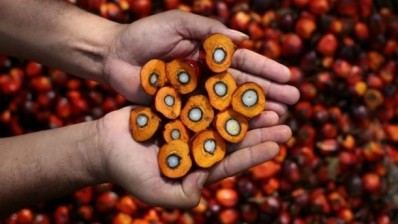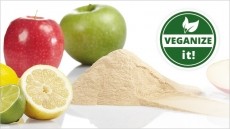Fruit freshness ripe for innovation with use of coated fabric
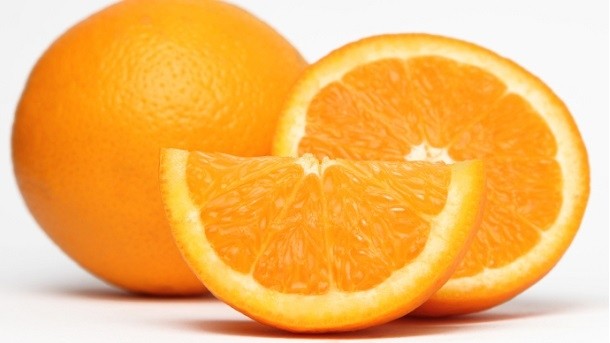
The innovative technique is able to track the evolution of chemical changes occurring in oranges during a prolonged period of storage at 5 °C.
Current techniques to assess ripeness are time- and labour-intensive, particularly in the preparation of samples. Other techniques involve toxic solvents and expensive devices.
Coupled with the subjective nature of determined ripeness and the adoption of an implied standard, the technique may go some way to defining ripeness parameters.
“Growers may also use this method to decide how quickly they need to get their crop to market,” said co-author and chemistry researcher at Florida International University (FIU), Dr Abuzar Kabir.
“We used the orange as a model, and now, we can use this method to test the freshness of other fruit or any food that has a potential to degrade.”
Along with fellow study author Dr Kenneth Furton, Provost and executive vice president at FIU, the team think the chemical changes occur in oranges during storage can be applied to new active packaging.
This packaging could protect the food thanks to the incorporation of antioxidant and/or antimicrobial substances, in preserving freshness of oranges and other fruits until their consumption.
How d’you like them oranges?
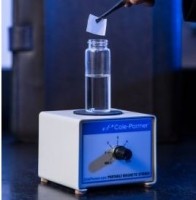
Oranges possess an aroma formed from a mixture of esters, aldehydes, terpenes or alcohols.
Processes such as thermal processing, pasteurization, freezing or even during harvest, affect each compound’s role in the aroma profile of oranges.
In applying, Fabric Phase Sorptive Extraction (FPSE) technology to track 12 of the fruit’s main volatile compounds, the team recorded the highest numbers of representative volatile analytes that may distinctly differentiate between fresh and stored oranges.
The new environmentally-friendly approach replaces solvents by using a muslin cotton composite as the base for their portfolio of new chemical coatings.
The team experimented by applying unique sol-gel coatings to several postage stamp-size swatches and putting them in direct contact with samples of fruit juice.
After immersing the coated fabric into a small amount of the fruit juice, researchers quickly isolated the three main compounds within the fruit that are markers for freshness.
Over a two-month period, they found these chemicals lost their intensity, indicating the ability to track the degradation of the fruit.
Among five different sol-gel based sorbent chemistries possessing different polarities and selectivities the research team found CW20M coated FPSE media performed the best.
Wax on, wax off

Carbowax 20M (CW20M), is made from polyethylene glycol. Its inclusion into a three dimensional network provides a different composite material and chemical environment that leads to a high selectivity towards specific analytes.
“Although, the current study was limited to only orange, the underlying principle and strategy can be applied to a number of unique and novel applications,” the study commented.
“This includes the progressive chemical changes in fruits during their different developmental stages, chemical changes that take place during ripening before and after the harvesting.”
The university holds a patent on the invention and is currently working to commercialise the technology for use in a variety of applications.
In addition, researchers at more than 30 universities have already independently validated the innovation.
Source: Journal of Chromatography A
Published online ahead of print: doi.org/10.1016/j.chroma.2017.04.006
“Fabric phase sorptive extraction as a reliable tool for rapid screening and detection of freshness markers in oranges.”
Authors: Kenneth Furton, Abuzar Kabir et al.
